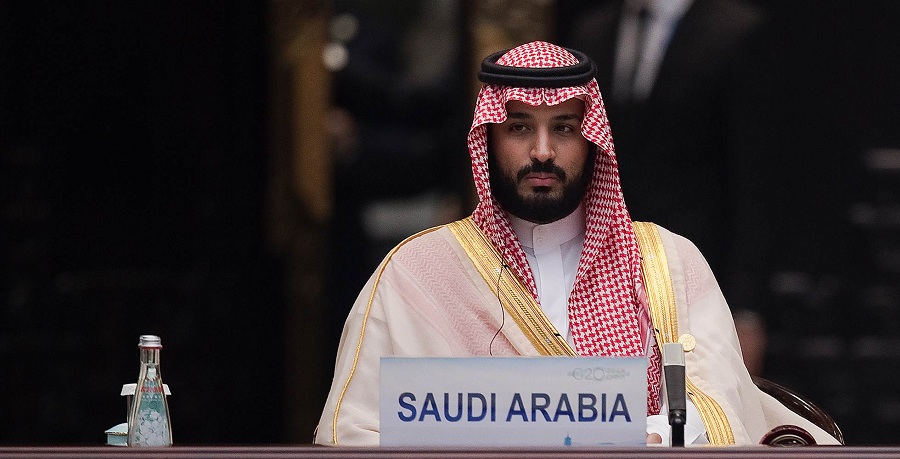Alwaght- For nearly nine decades, the power transition in the Saudi royal family has been based on a brother-to-brother model. The system originated from a will of the founding father King Abdulaziz, who founded the kingdom in the early 1930s. According to his succession will, the power passed from one brother to another, who were all the sons of Abdulaziz, in a horizontal fashion. But the incumbent Saudi King Salman bin Abdulaziz has redesigned the succession process from horizontal to vertical model and chose his son Mohammad bin Salman as Crown Prince.
From the initial days of the ascension of the throne, King Salman launched a campaign of neutralizing opposing royals and the potentially rival princes. The campaign witnessed removal from their posts of the sons of the late King Abdullah bin Abdulaziz and cleansing the ruling orbit of the opponent figures. Salman upon his arrival to power in 2015 removed Muqrin bin Abdulaziz from the post of the crown prince, announcing his nephew Muhammad bin Nayef, a man of the third generation of the Saudi royals, as a replacement.
With this move, King Salman, in fact, revoked the long-standing horizontal fashion of power transfer. In the next phases, he limited the power of bin Nayef and prepared the ground for his removal. In late June 2017, King Salman ousted his nephew and named his son Mohammed bin Salman for the post. Mohammed’s next moves gave a specific sense of what the replacement meant. He launched a campaign of the sweep of the powerful rivals and opponents inside the ruling family under the ruse of fighting the corruption. He led a mass purge of the billionaire royals and businessmen in early November last year in a bid to press them into submission to his rule, which the analysts and informed sources say is not far away. The most highlighted arrestees were Mutaib bin Abdullah, served from May 2013 to November 2017 as the minister of the National Guard and was one of the significant hopefuls of the post of the king among other royals, as well as Al-Waleed bin Talal, the billionaire prince who could potentially set up roadblocks ahead of Prince Mohammed’s economic reform plans.
The past three years’ measures of King Salman and his son indicate that their plans transcend simply paving the way for Prince Mohammed to rise to rule. They are going to great lengths to lay the foundation of replacing house of Saud with a fresh, in-the-making house of Salman. As part of the scenario, bin Salman is taking a center stage in the kingdom. As a defense minister, the 32-year-0ld prince serves as the first deputy prime minister and leads an economic reform movement in the monarchy aimed at renewing the economic sectors and cutting reliance on oil. The king’s other son, Khalid bin Salman, is now the current Saudi ambassador to the US. As power becomes increasingly entrenched in the “Al Salman”, other royals are being pushed to the sidelines.
The Lebanese Al-Akhbar daily in a report titled “Restructuring the Saudi State and Pressing Ahead with Monopolization of Power in House of Salman”, suggested that massive transformation of the institutions in Saudi Arabia is not solely meant to make them ready for a safe Prince Mohammed ascension. Rather, it is to make sure profoundly that power will be exclusively inherited by the generation of the advantaged son of the seventh king of Saudi Arabia. The article written by prominent Saudi journalist Jamal Khashoggi also suggests that changing succession process by King Salman was meant to guarantee that rule will be restricted to his generation. Picking Prince Mohammed, the king’s younger son, and not the older son as the crown prince, also signaled the king’s interest in allowing the rule to roll on in the hands of his sons after him.
Regarding the fact that sons of King Abdulaziz are ailing and elderly and thus none of them in the present conditions has the chance to replace Salman, it can be concluded that power is transmitted to the third generation of Princes. Bin Salam wants to turn the tide to his advantage and pass the rule to his sons and possibly to his brothers and nephews, a move barring the other members of Abdulaziz lineage from making their way to the power. Apparently, to put it another way, ascension to the throne of Prince Mohammed marks replacement of decades-old house of Saud with the fresh house of Salman.



























